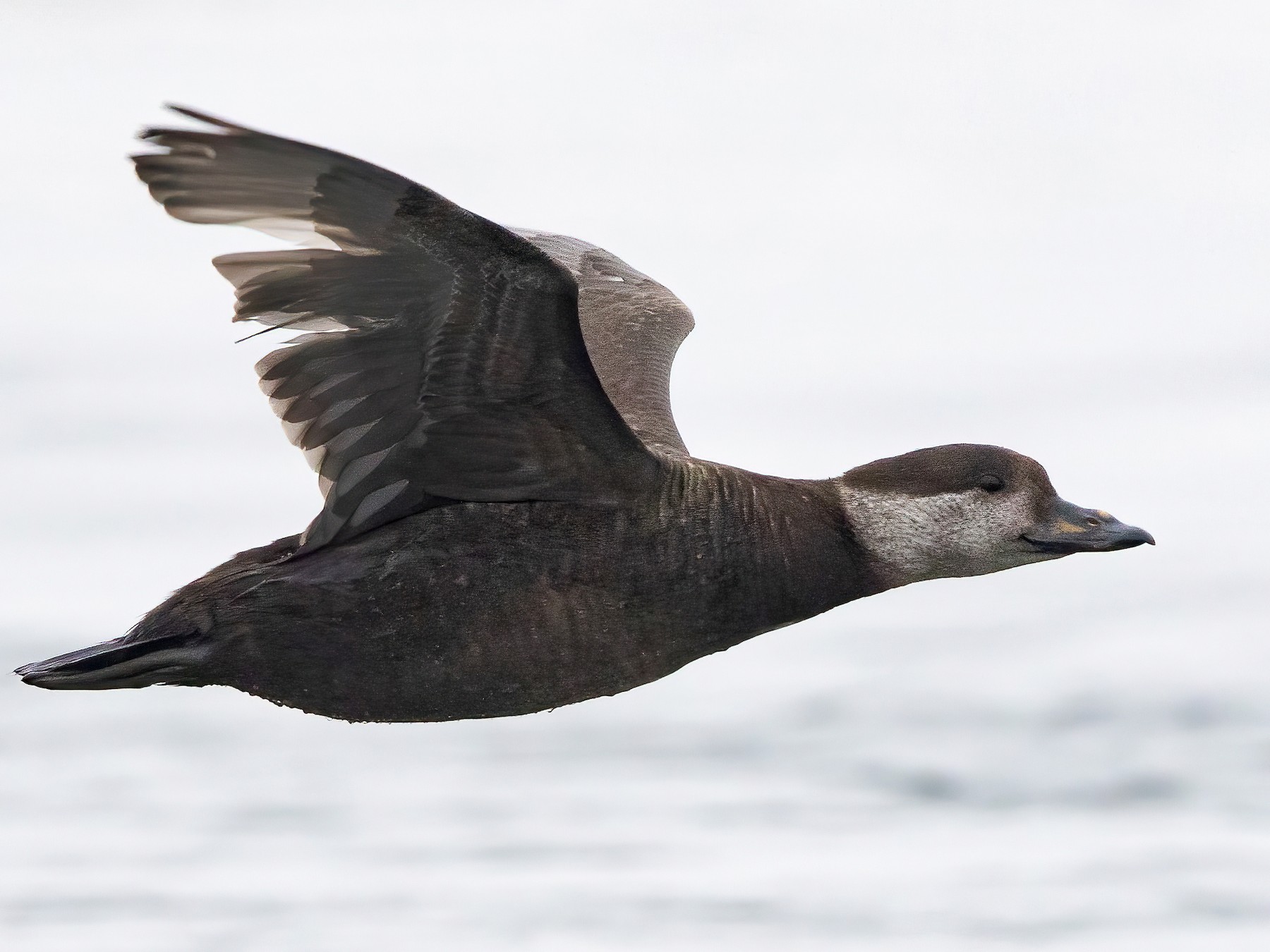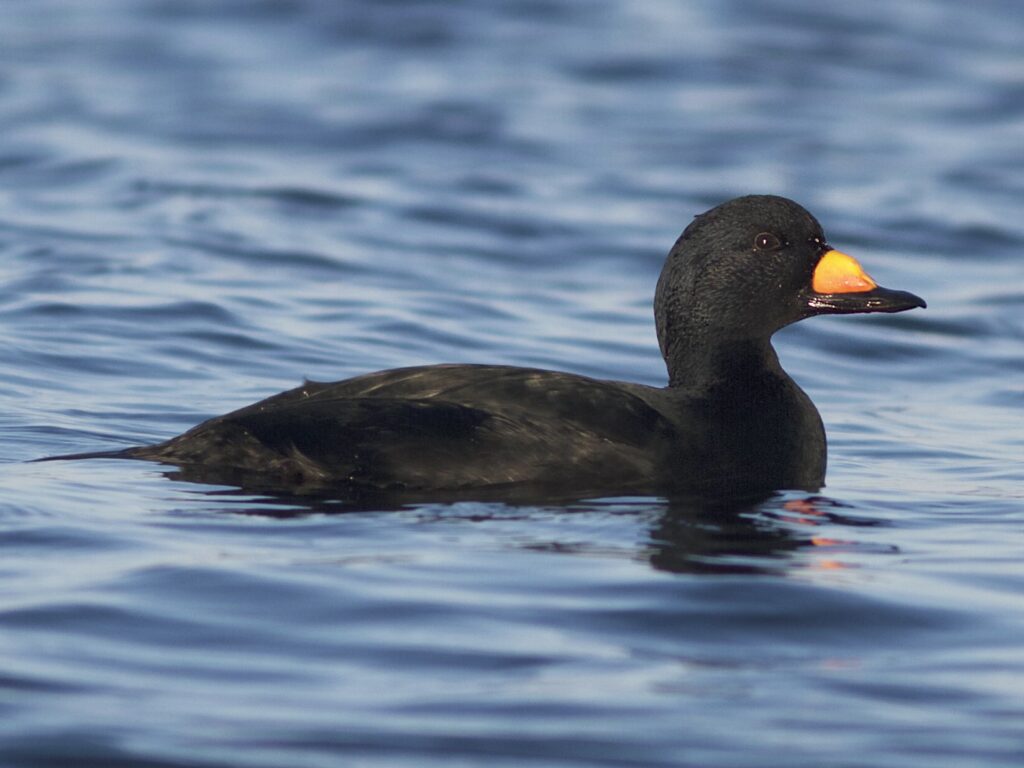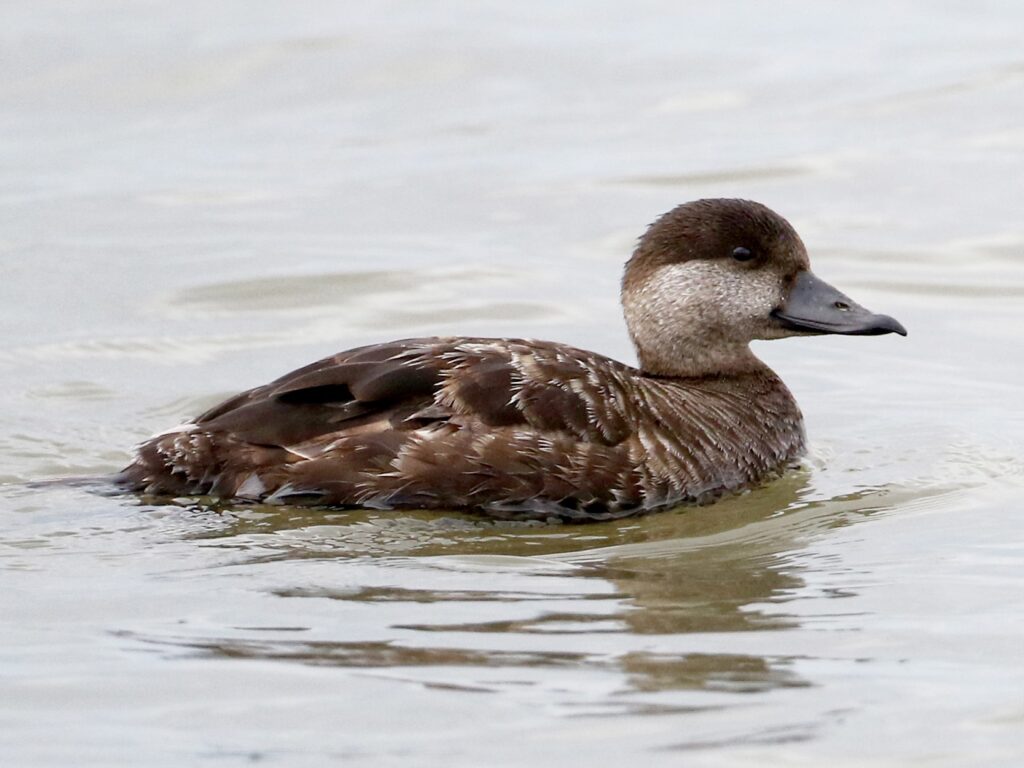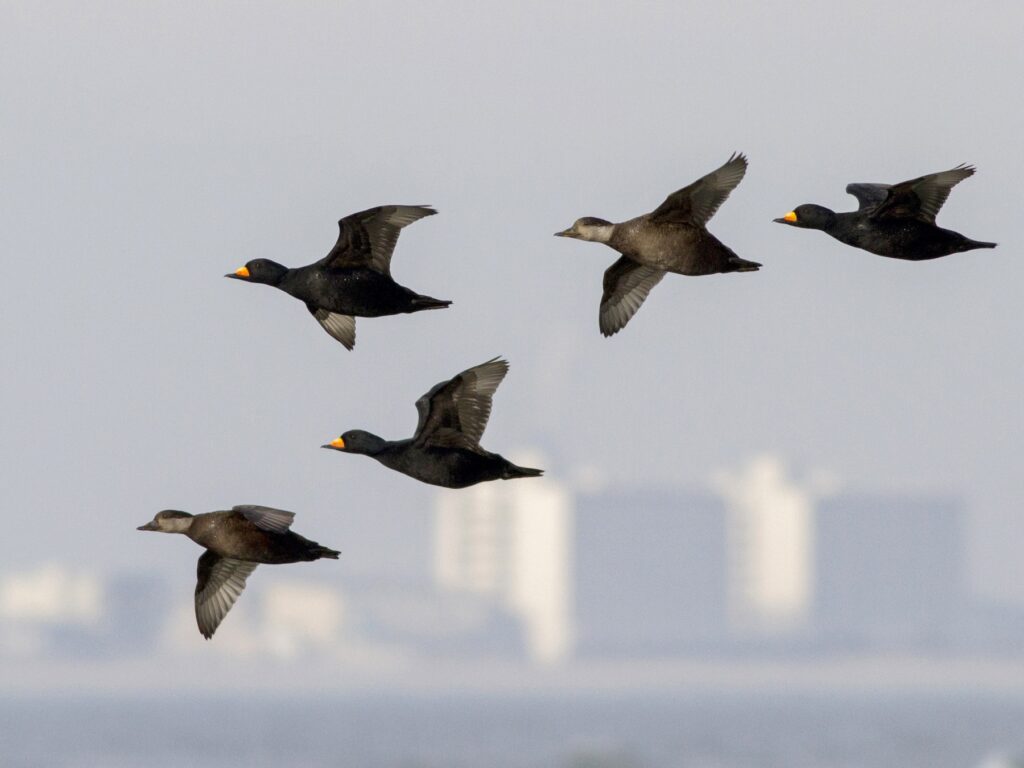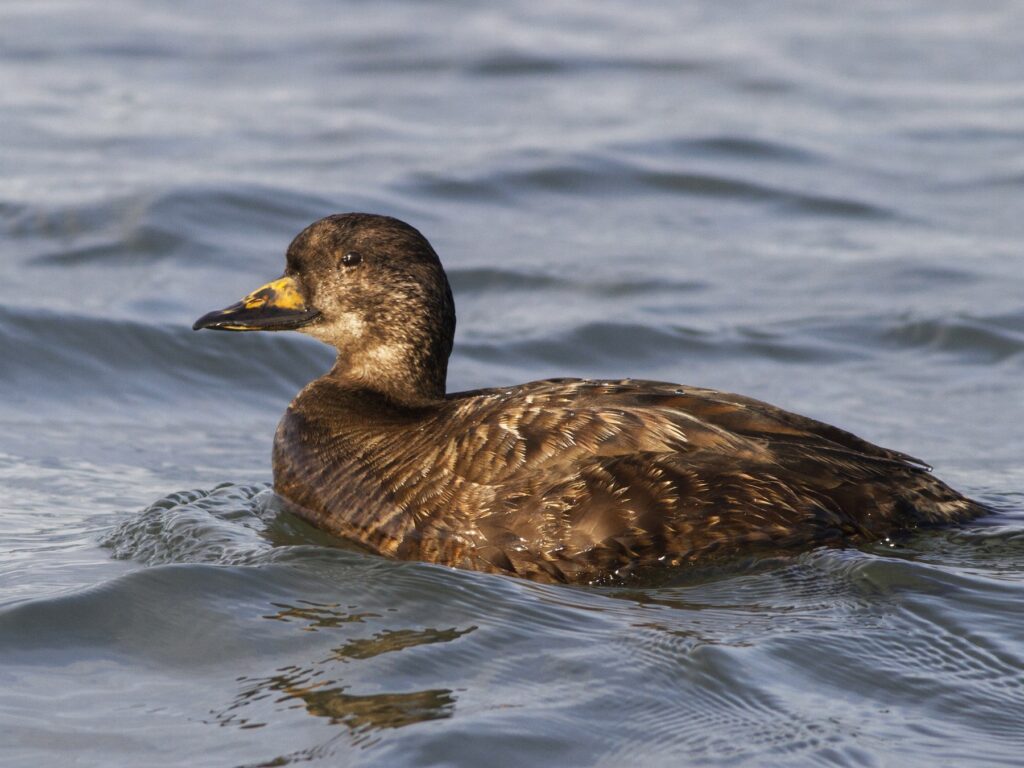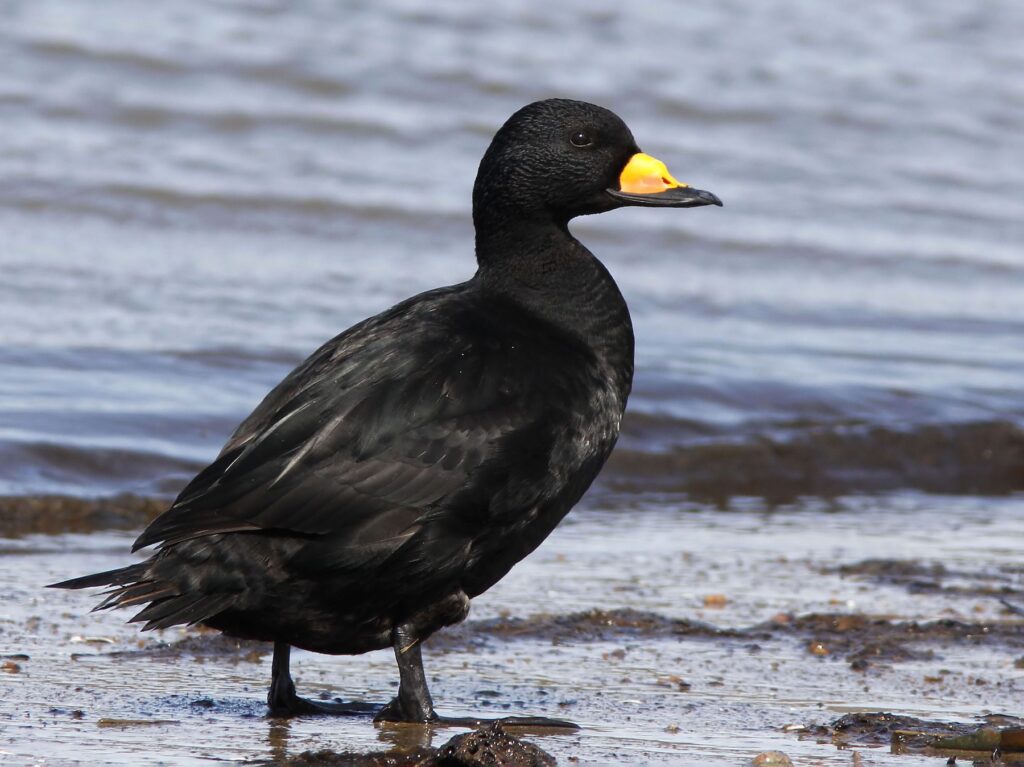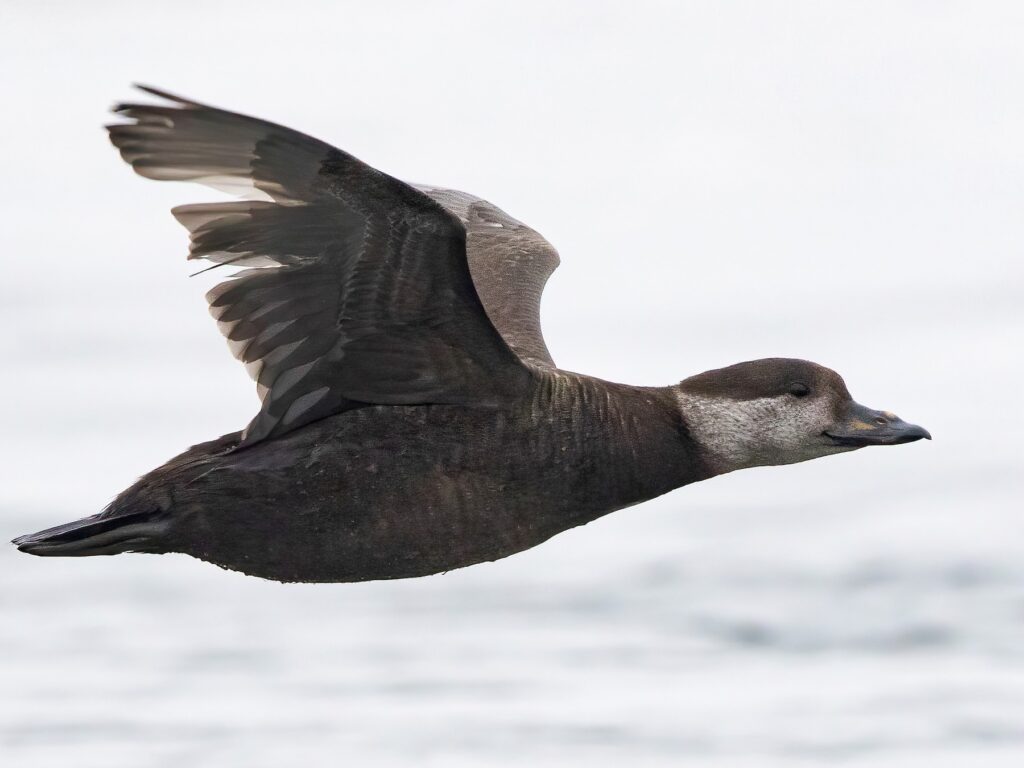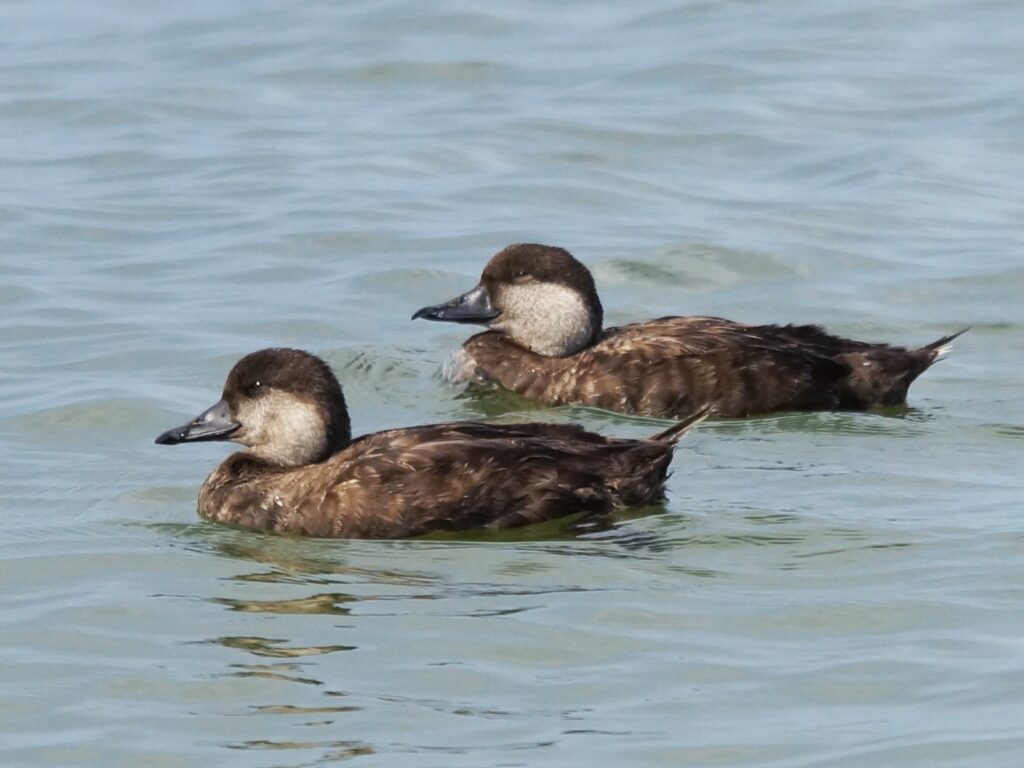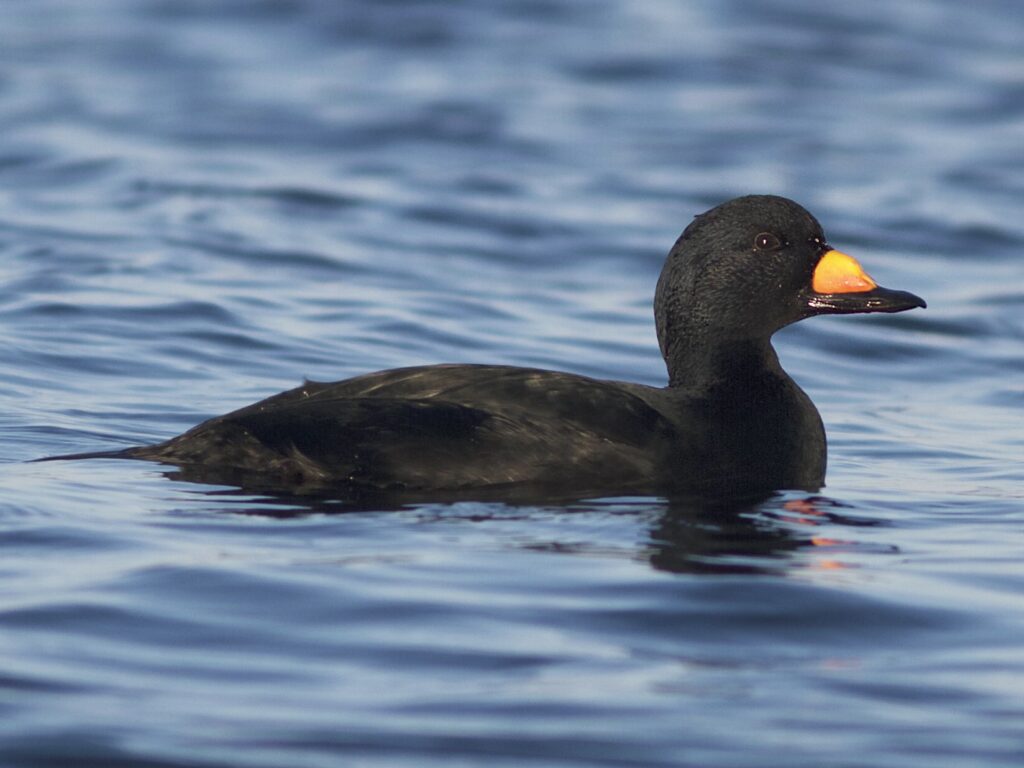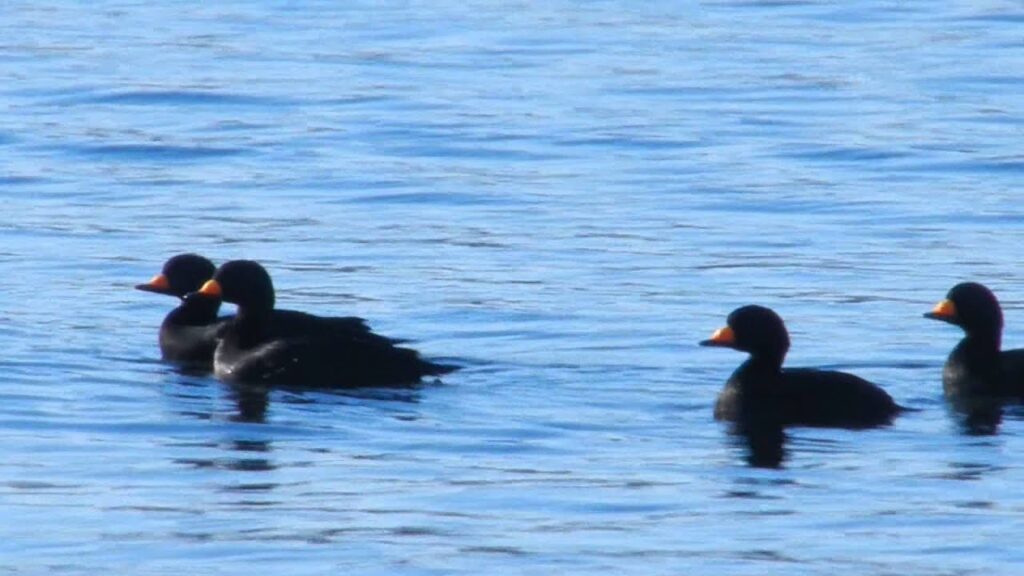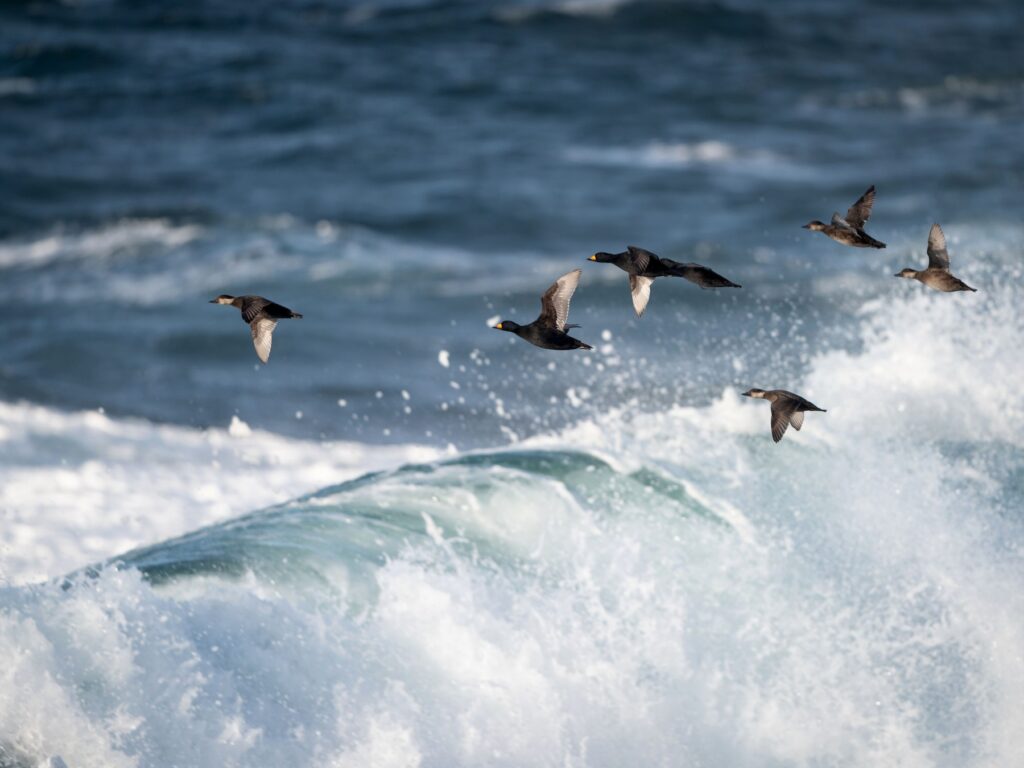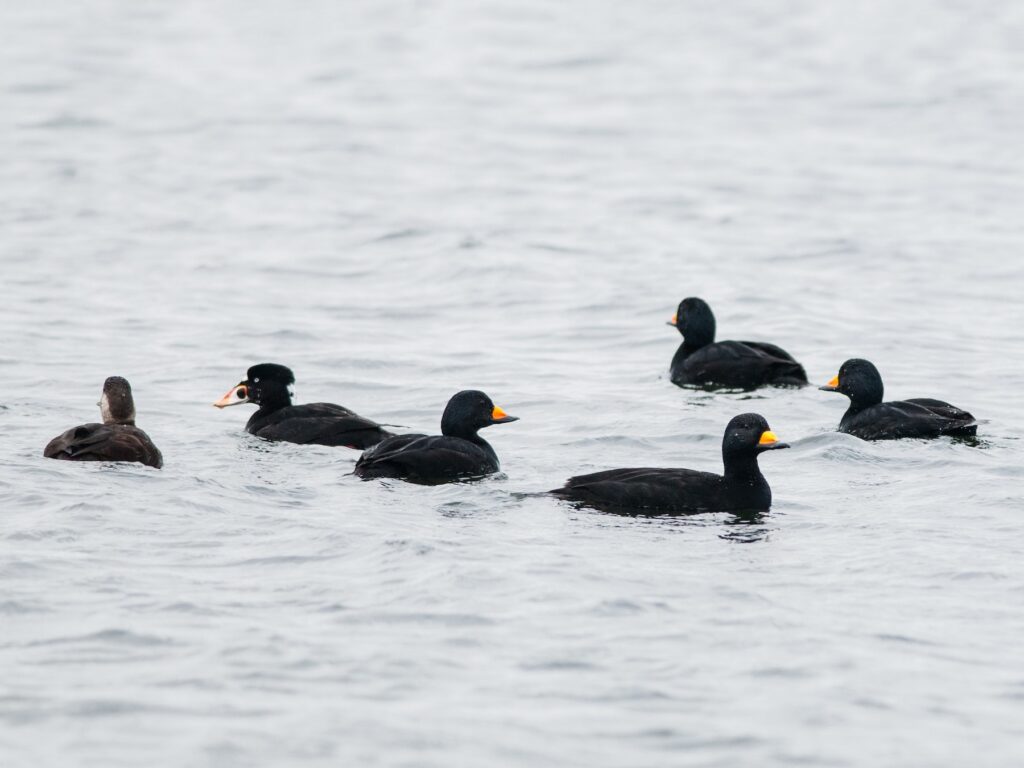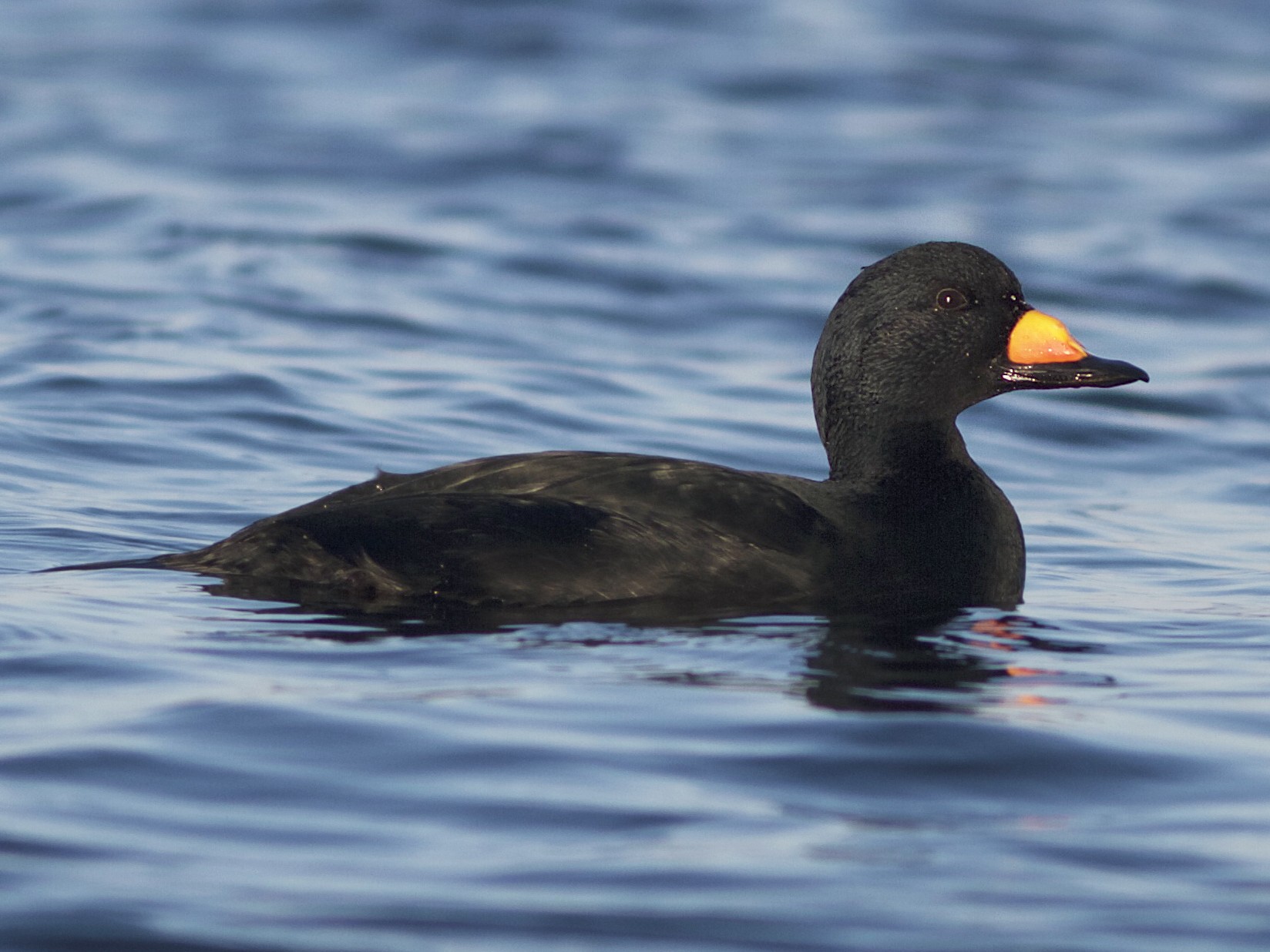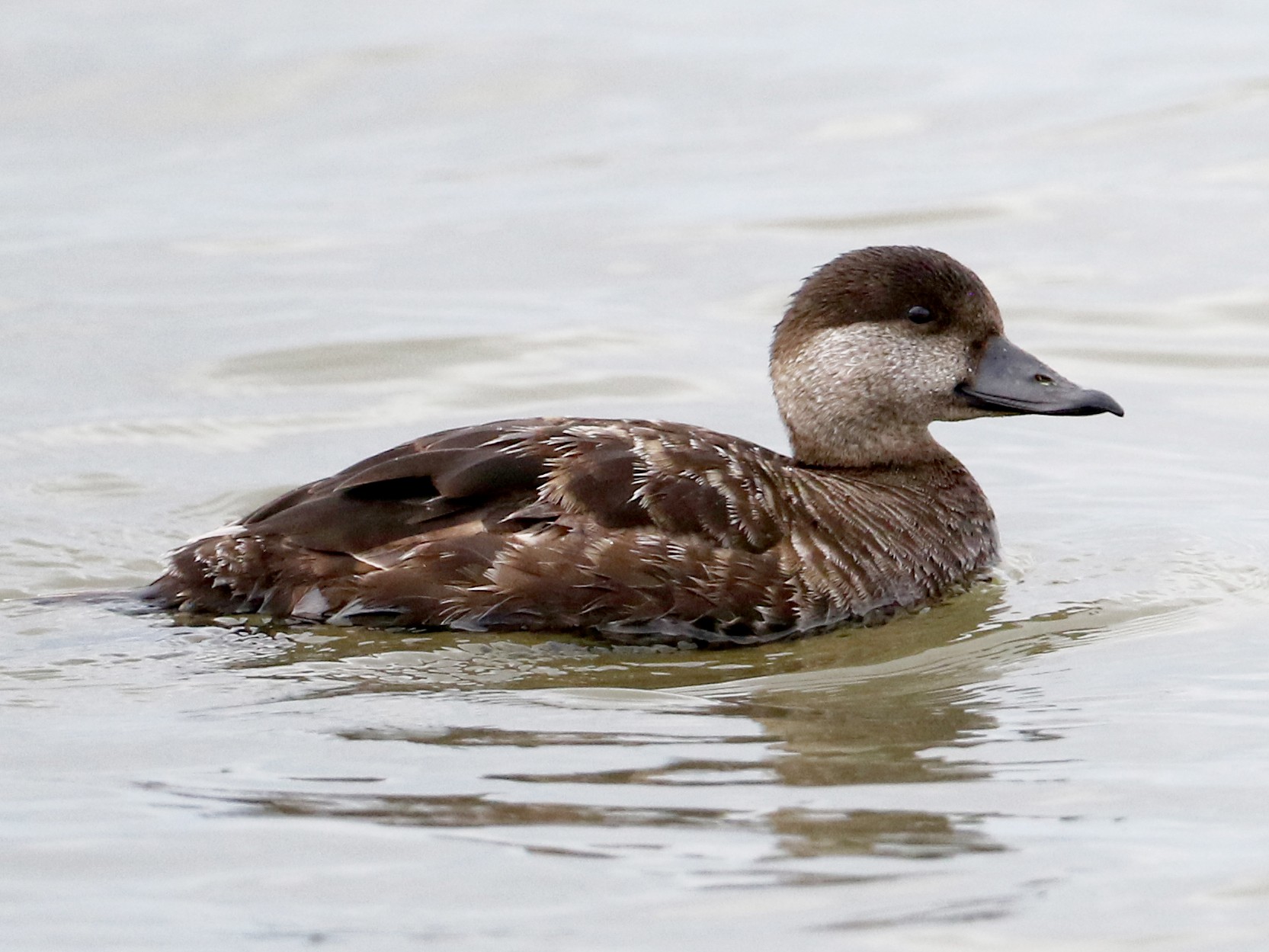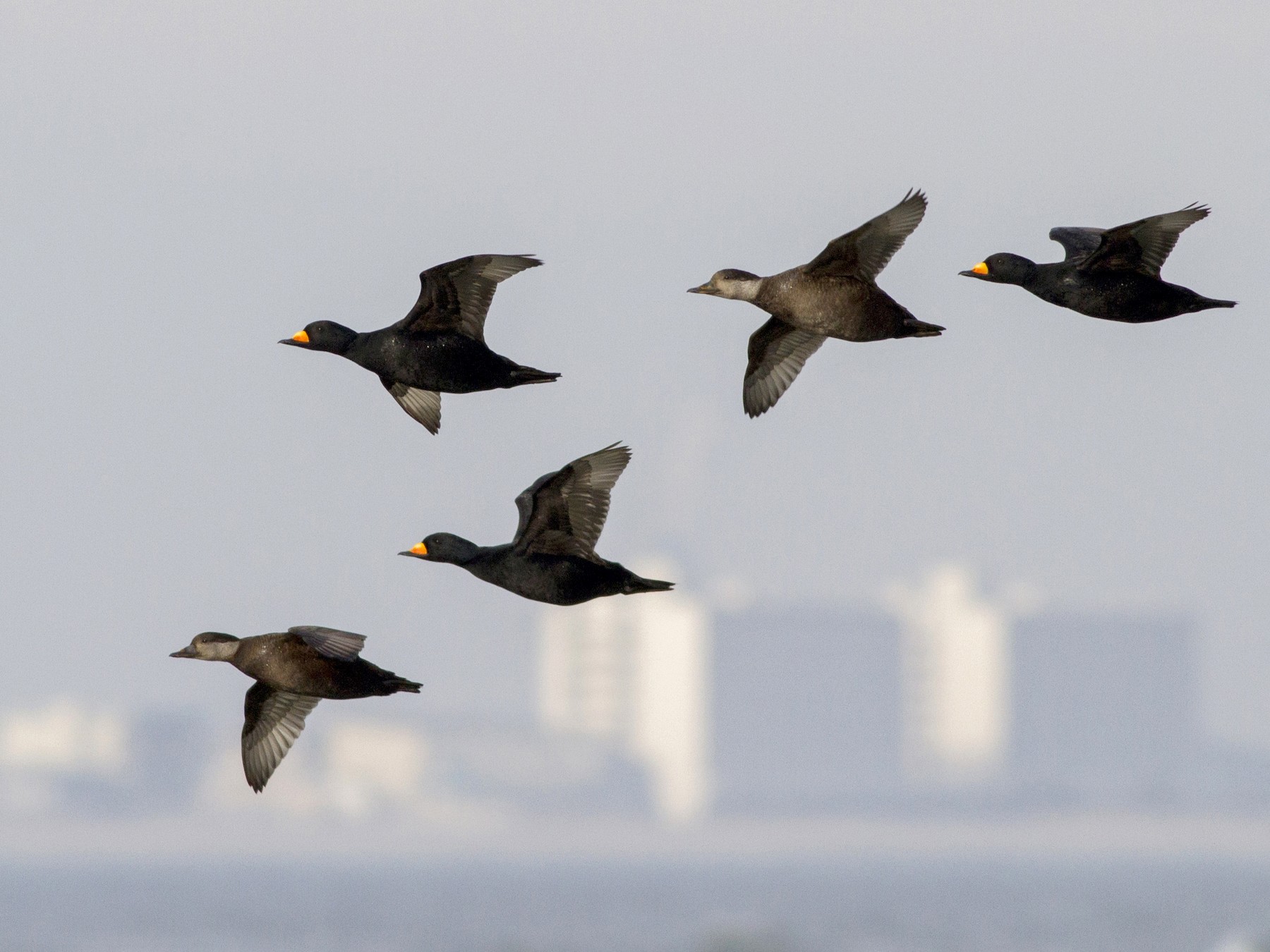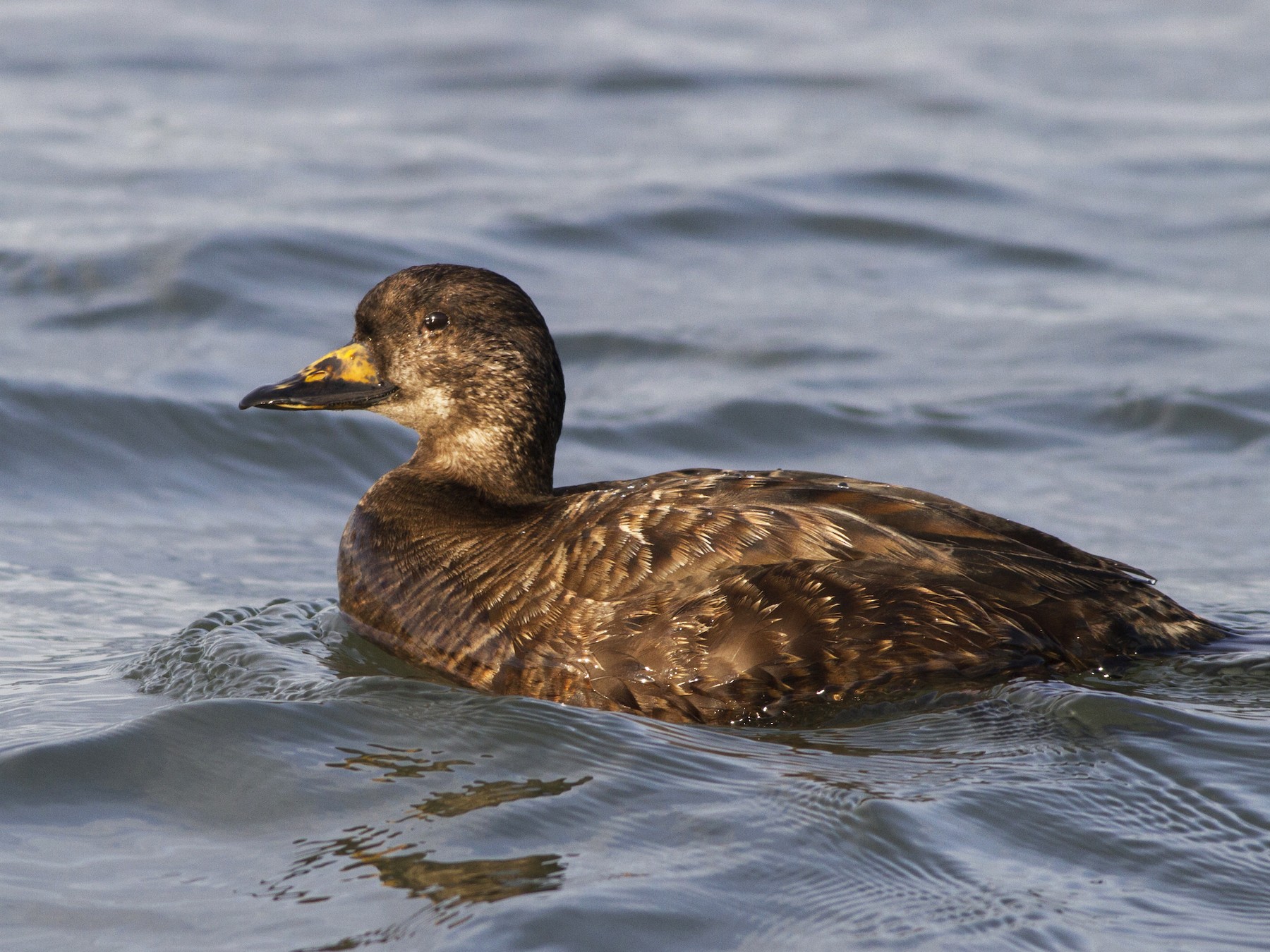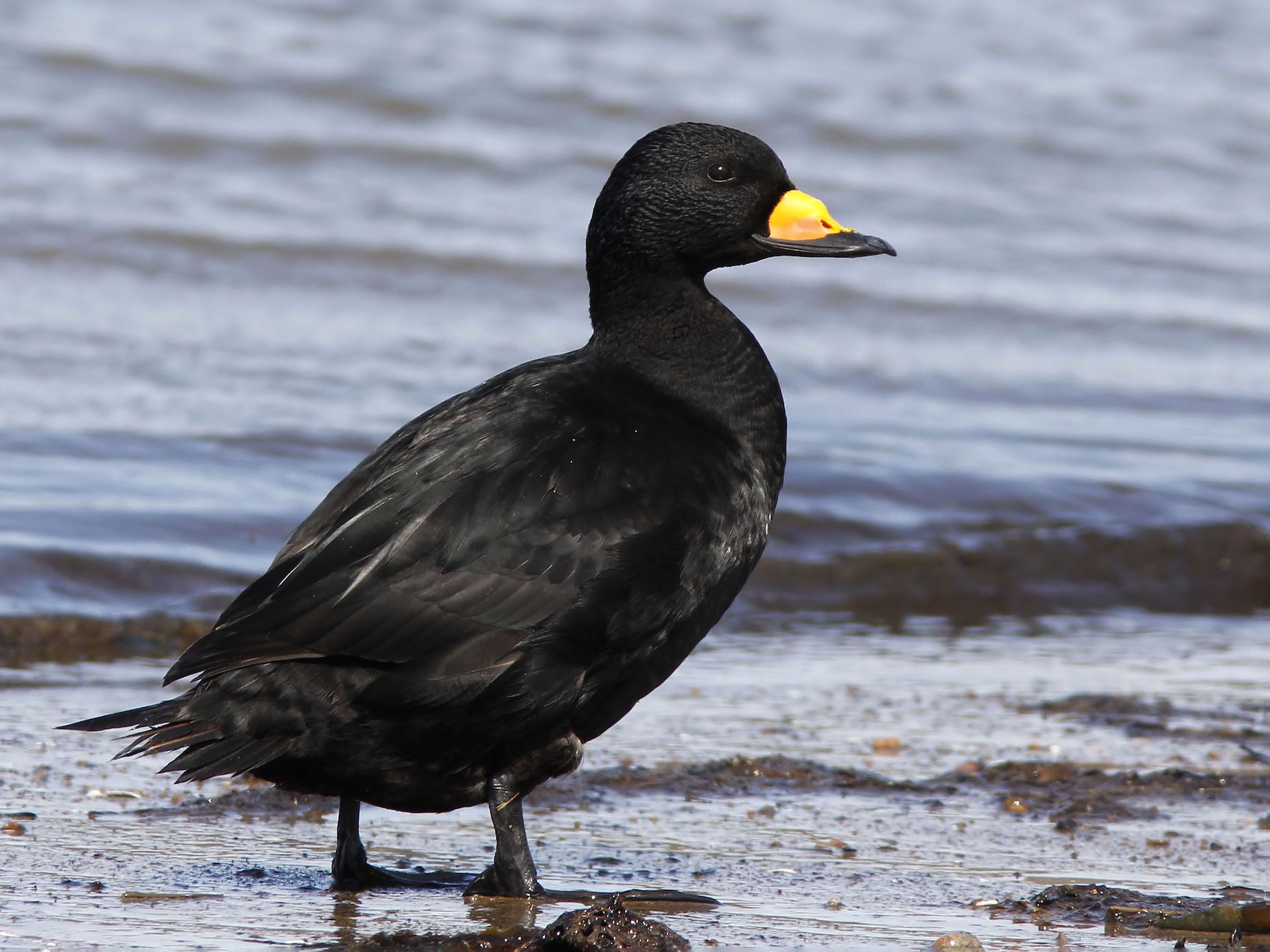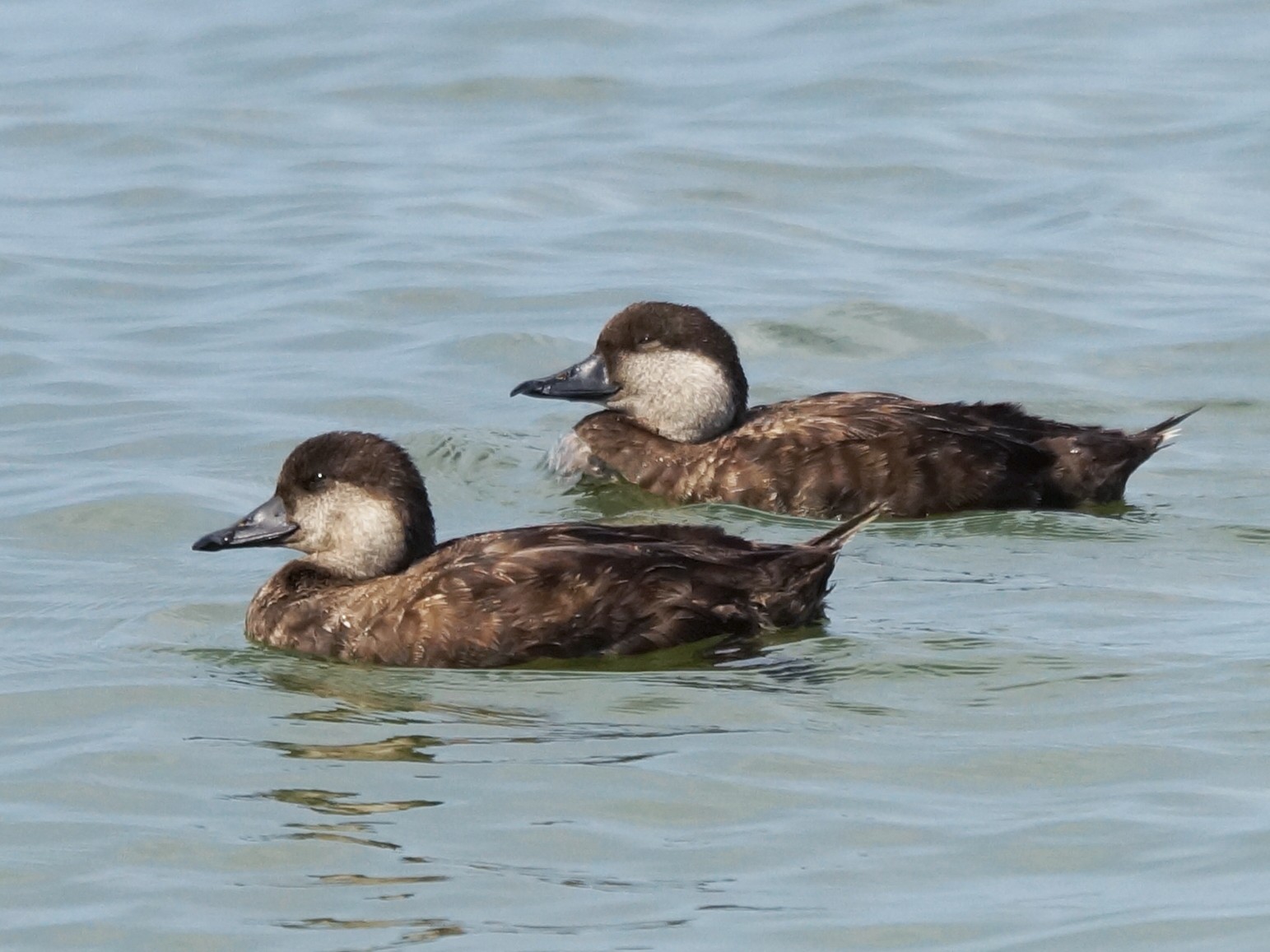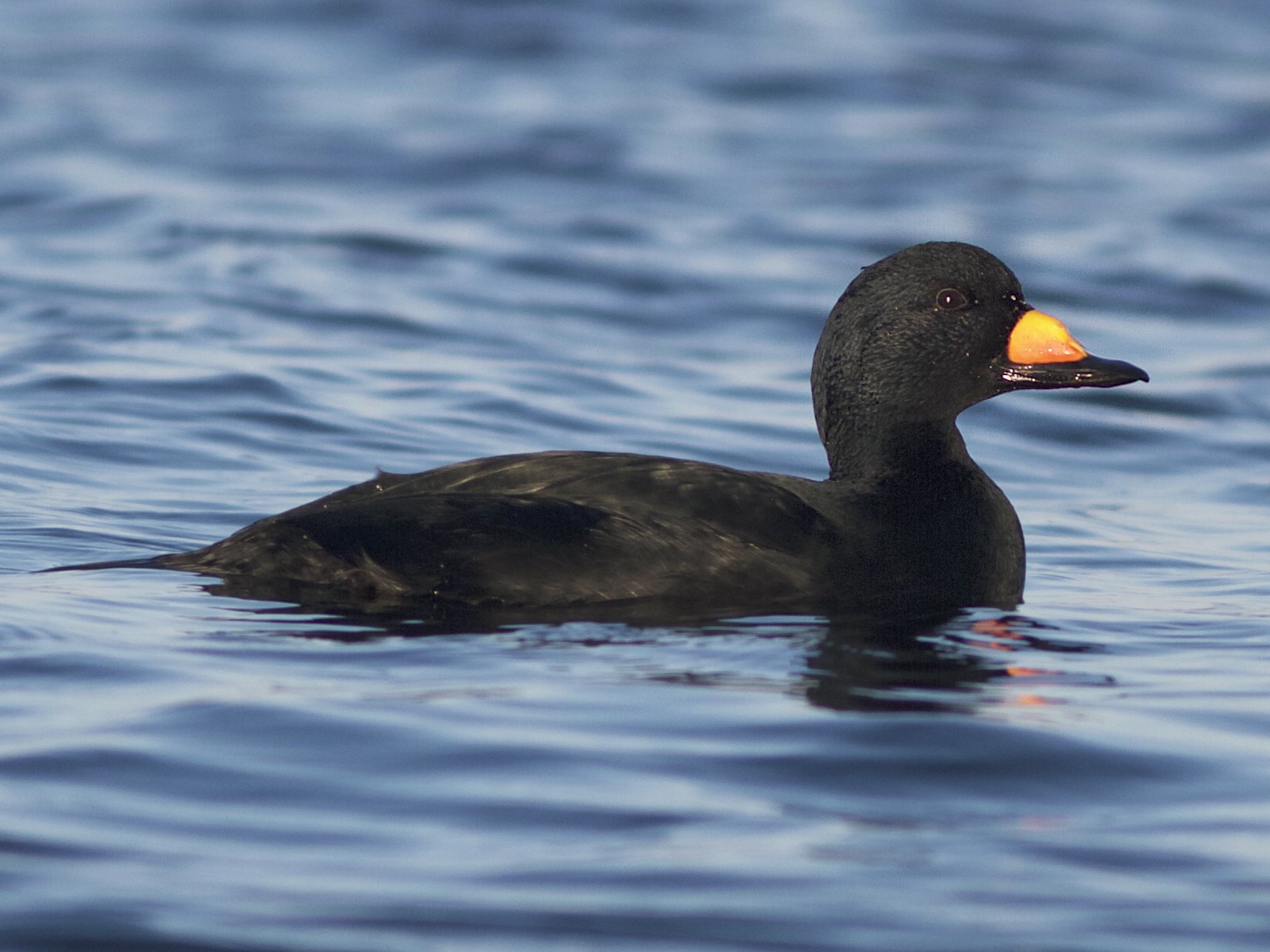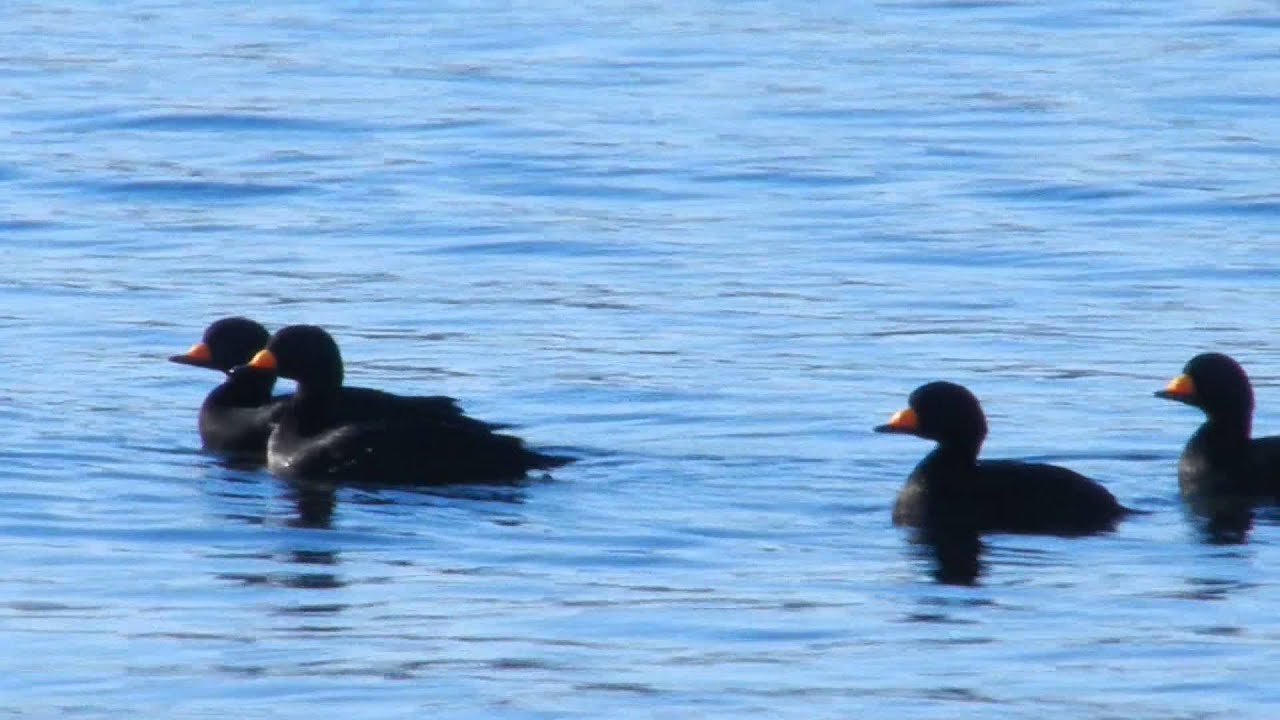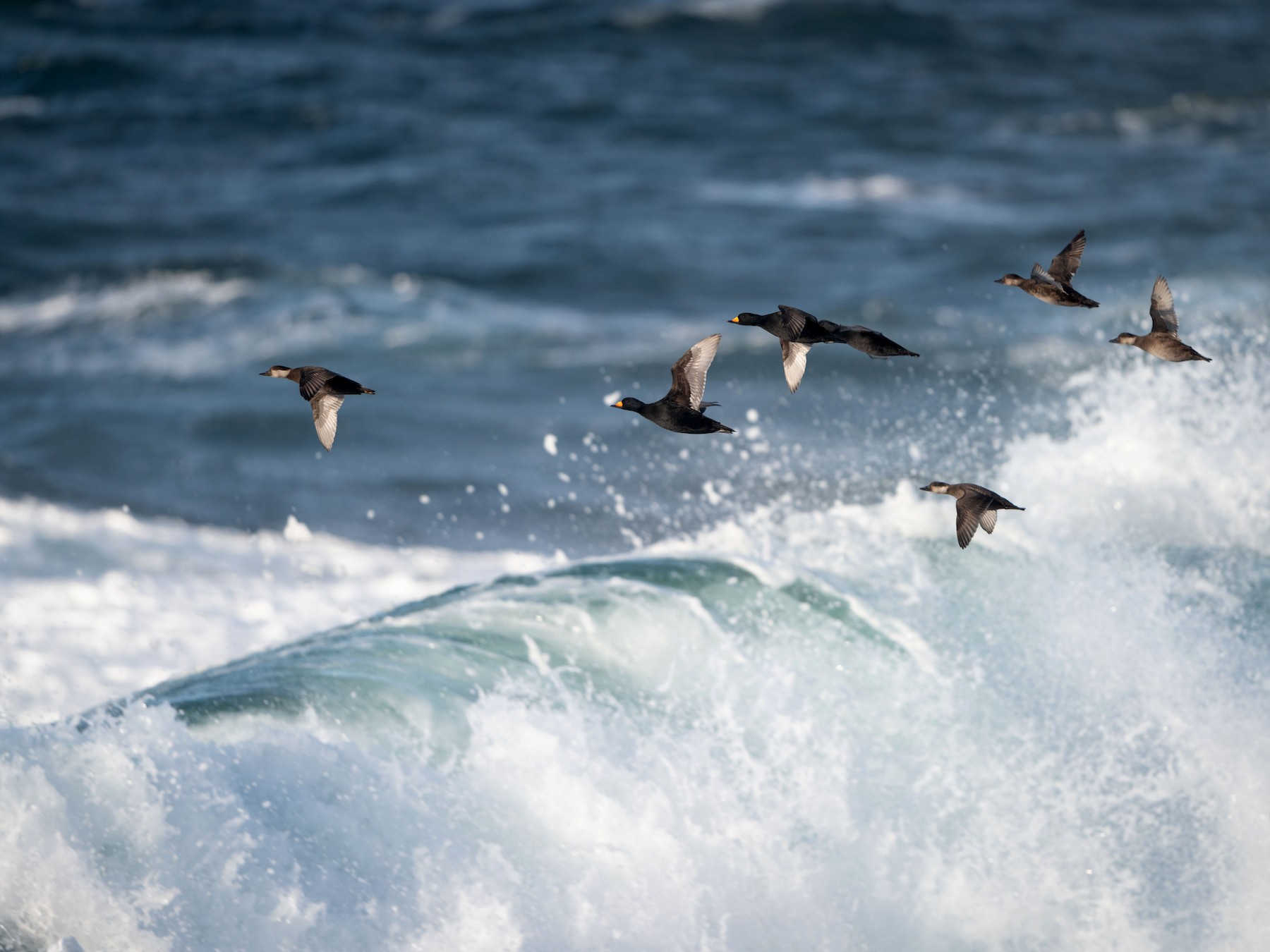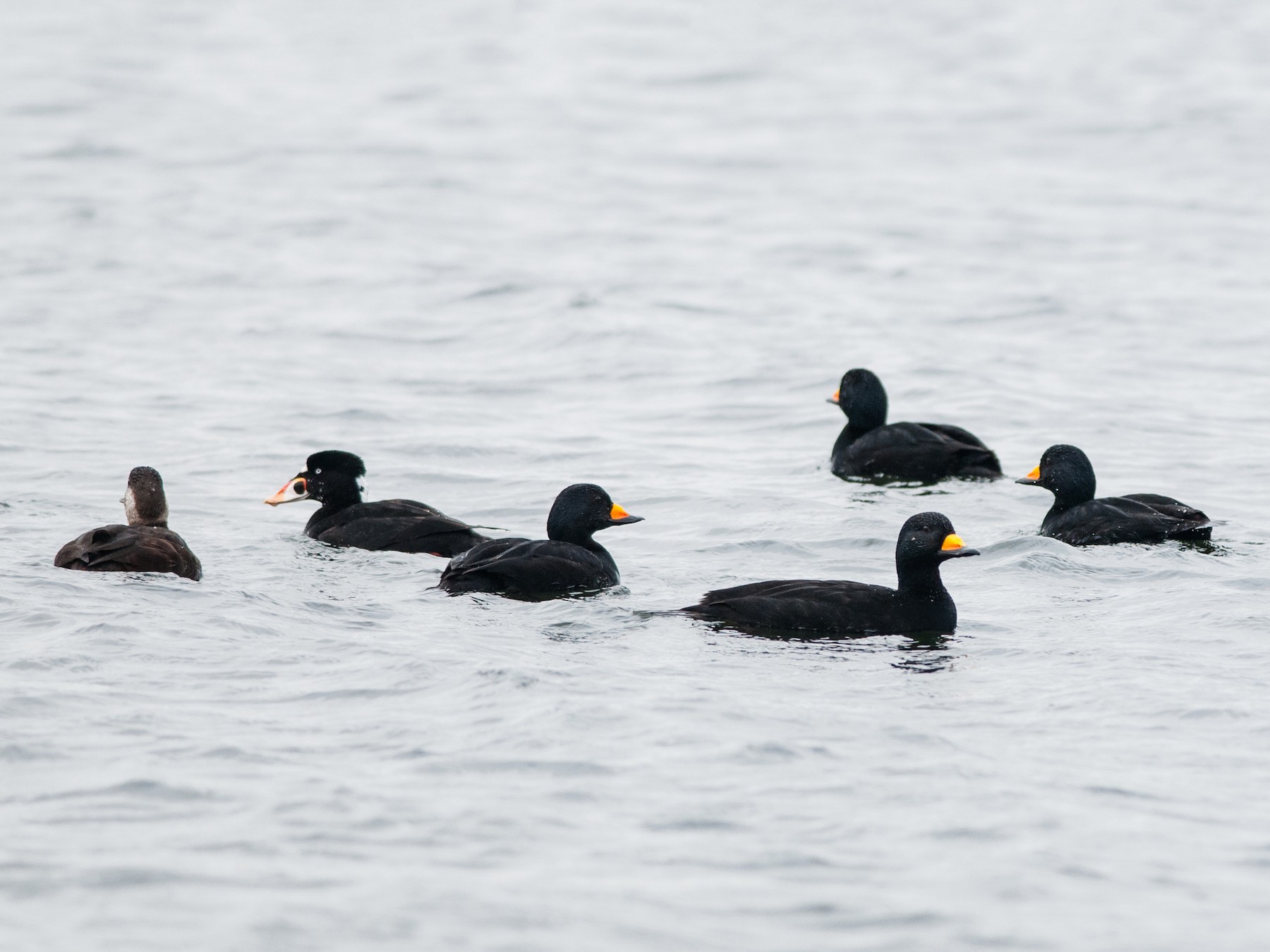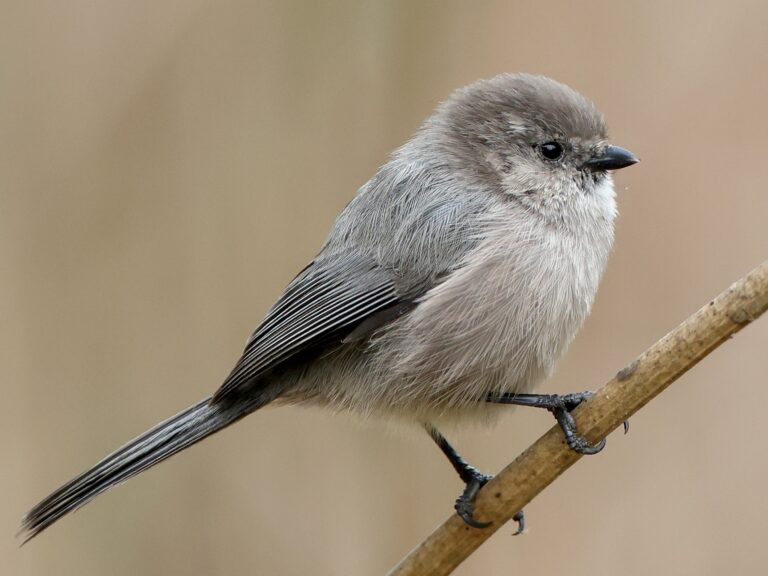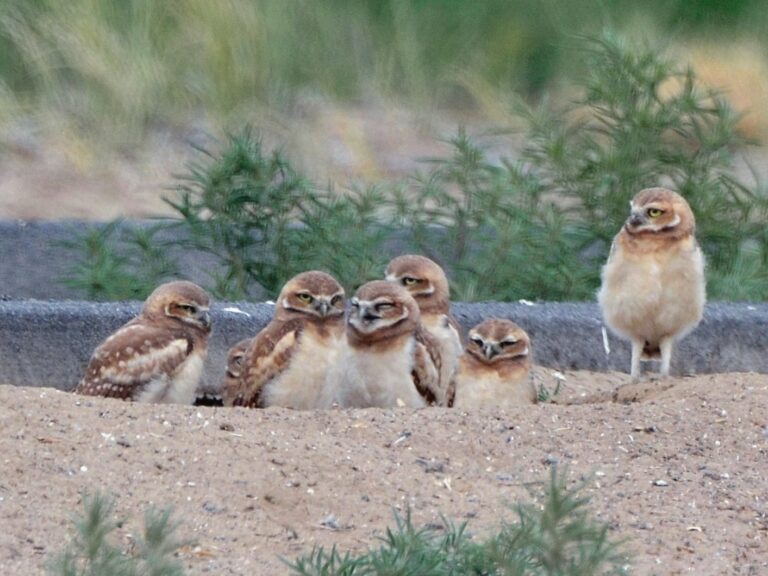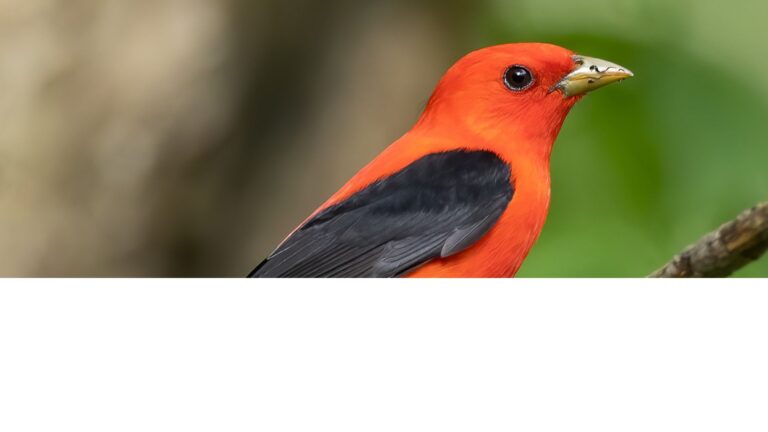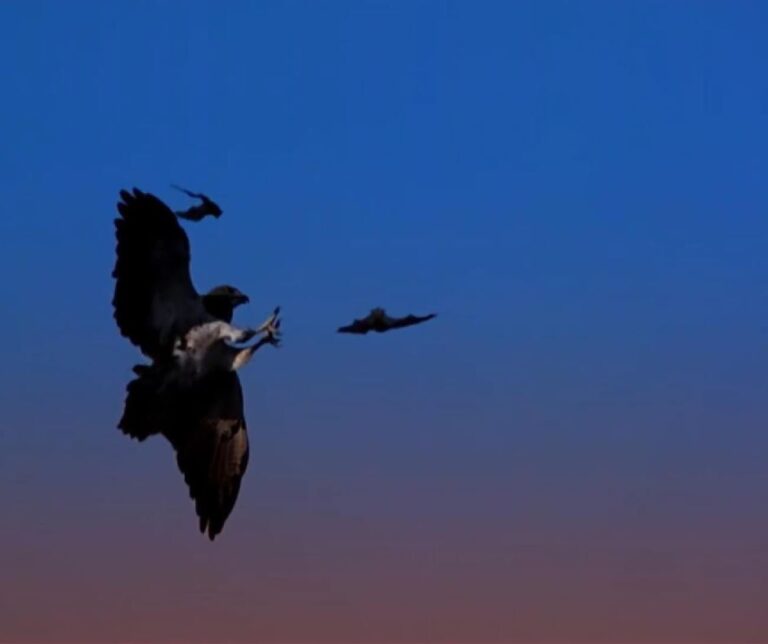Black Scoter: The Resilient Sea Duck of North America’s Waters
The Black Scoter is a fascinating sea duck recognized for its striking dark plumage and unique adaptations. These birds are primarily found along the Atlantic coast during winter, making them a key species for understanding coastal ecosystems. Their distinct physical features and behaviors provide insight into their role in marine environments.
Known for their loud, distinctive vocalizations, Black Scoters communicate with a variety of sounds that resonate across the water. They primarily feed on mollusks and other aquatic invertebrates, showcasing their ability to thrive in diverse habitats. With ongoing conservation efforts, understanding their breeding and migratory patterns is crucial for their protection.
Key Takeaways
- Black Scoters are key players in coastal ecosystems.
- They are vocal birds known for their unique sounds.
- Conservation efforts are vital for their continued survival.
Taxonomy and Classification
The Black Scoter is classified within the bird family Anatidae, which includes ducks, geese, and swans. Its scientific nomenclature provides insights into its relationships within the avian world. The classification helps in understanding the bird’s behavior, habitat, and conservation status.
Scientific Nomenclature
The Black Scoter is scientifically known as Melanitta americana. This name is derived from the Latin words, where “Melanitta” refers to a genus that typically includes scoters and other similar species. They belong to the order Aves, which encompasses all birds, and the family Anatidae within the order Anseriformes.
These birds are notable for their distinctive vocalizations, which include a range of whistles and grunts. Such calls are important for communication, especially during mating and territorial behaviors. The systematic naming helps ornithologists and bird enthusiasts identify and study these birds effectively in their natural habitats.
Physical Description
The Black Scoter is a distinctive sea duck with notable features that set it apart from other waterfowl. Understanding its physical characteristics helps in identifying the bird in the wild.
Adult Male
The adult male Black Scoter has a striking appearance. It features a mostly black plumage that can appear glossy. A prominent yellow patch is located just behind the eye, which is one of its defining traits. The bill is broad and orange-yellow, adding to its bold look.
The head is rounded, and the neck is relatively short. The wings are strong, suited for long-distance flying during migration. When in flight, its white wing patches become visible, contrasting sharply with the dark body. Vocalizations consist of a low, throaty croak often used during courtship and communication.
Sexual Dimorphism
Sexual dimorphism is evident in Black Scoters, particularly in adult males and females. While males are bold and predominantly black, females are more subdued in color. They have a brownish body with lighter underparts, making them blend into their environment more easily.
The females lack the bright features of the males, having a small pale patch behind the eye instead of the vibrant yellow. This dimorphism plays a role in their behavioral patterns, especially during the breeding season.
While adult males call out with their distinctive croaks, females have softer and more subtle vocalizations. This difference helps to identify their roles during mating and nesting seasons.
Habitat and Distribution
The Black Scoter has a varied habitat and distribution, making it an interesting subject for study. This section explores its range, migration patterns, and wintering areas.
Range Map
The Black Scoter primarily breeds in Alaska and along the northern coasts of Canada. Its breeding range extends to the eastern boreal forest and subarctic regions. This bird prefers wetland habitats, including lakes and ponds with abundant aquatic vegetation.
A detailed range map highlights its presence during the breeding season across North America. During migration, these birds can be spotted along the Atlantic and Pacific coasts, showcasing their adaptability in various environments.
Migration Patterns
The Black Scoter migrates seasonally, traveling from breeding grounds in northern Canada and Alaska to warmer coastal areas. Migration typically occurs from late summer to early fall, as they seek reliable water sources and food.
During spring, they return to nesting sites. The flight path can cover vast distances, with many birds traveling non-stop for hundreds of miles. Vocalizations, including low-pitched whistles and grunts, are often heard during these migrations, signaling their presence to other scoters.
Wintering Areas
In winter, the Black Scoter inhabits coastal waters from the U.S. Northeast down to the Southeast. These areas include bays, estuaries, and offshore habitats where they can find food sources such as mollusks and crustaceans.
Black Scoters prefer deeper waters compared to other sea ducks, often diving to significant depths to forage. They remain in these regions until spring, when they begin their migration back to breeding habitats.
Understanding their wintering areas is crucial for conservation efforts, as human activities like coastal development and fishing can impact these habitats. Tracking their distribution helps ensure that suitable environments are preserved.
Diet and Feeding Behavior
The Black Scoter has a diverse diet that mostly consists of aquatic organisms. Its feeding behavior is adapted for hunting and foraging in various environments. The species primarily feeds on invertebrates, but it also consumes some plant matter.
Foraging Strategies
Black Scoters use several foraging techniques to find food in their aquatic habitats. They often dive underwater to locate prey. This behavior allows them to hunt for fish, crustaceans, and mollusks, which are abundant in their environment.
Aquatic Insects: These birds frequently eat different types of aquatic insects, which provide protein.
Crustaceans: Crabs and shrimp are key components of their diet, especially in coastal areas.
Mollusks: They also consume clams and snails. Their strong bill helps them access these hard-shelled foods.
Fish: Small fish are part of their diet, particularly when other food sources are scarce.
Vegetation: They may eat some plant matter, especially during migration.
In addition to their diverse diet, Black Scoters are known for their vocalizations, which serve as communication during the breeding season and in social interactions. Their distinctive calls can be heard during foraging and throughout their habitats.
Reproduction and Nesting
Black Scoters have specific breeding and nesting behaviors that play critical roles in their life cycle. They tend to breed in habitats that provide safety and access to water, which is essential for their young. Here is a closer look at the breeding grounds and nesting habits of these birds.
Breeding Grounds
Black Scoters typically choose freshwater environments for breeding, such as lakes and wetlands. They prefer areas with dense vegetation that offers protection from predators.
In North America, their breeding range spans from northern Canada to Alaska, particularly in regions like the Yukon-Kuskokwim Delta. Migrating as early as May, females arrive shortly after males. Here, they establish territories before mating.
Males are known for their distinct vocalizations, often using calls to attract females. These calls can vary in pitch and rhythm, signaling readiness for breeding.
Nesting Habits
Nesting usually occurs in secluded spots to avoid disturbance. Black Scoters lay 8 to 10 eggs in a single clutch. The nests are often found in dense grasses or on small islands, allowing for high concealment.
The eggs are typically marked with spots and are well-camouflaged to blend in with the surrounding environment.
After hatching, the ducklings are precocial, meaning they can leave the nest almost immediately. They rely on the surrounding water for foraging and safety. Nesting success is often linked to habitat quality, showcasing the importance of healthy ecosystems for their reproduction.
By understanding the specifics of their breeding and nesting, conservation efforts can better support Black Scoter populations.
Conservation Status
The conservation status of the Black Scoter reflects its challenges in a changing environment. Factors such as habitat loss, climate change, and human activities significantly impact its population. Understanding these threats is crucial for effective conservation strategies.
Threats and Challenges
Black Scoters face numerous threats that affect their survival. One significant issue is habitat loss due to urban development and pollution. Their wintering grounds, especially along the Atlantic coast, are increasingly threatened by coastal development and recreational activities.
Climate change poses another serious challenge, as it affects food availability and migration patterns. Black Scoters rely on specific habitats and conditions during breeding and wintering seasons.
Additionally, competition with other sea ducks, such as the White-Winged Scoter and American Scoter, can lead to increased pressure on their resources. Conservation efforts must focus on protecting critical habitats and understanding the vocalizations and behaviors of these birds, which can help in monitoring their populations.
Frequently Asked Questions
The Black Scoter has specific habitats, diets, and distinct vocalizations. Understanding these aspects can provide insight into this unique bird and its behaviors.
What is the typical habitat of the Black Scoter?
The Black Scoter is often found in coastal areas, particularly during the winter months. They inhabit bays, estuaries, and near-shore marine environments.
During the breeding season, they prefer freshwater lakes, ponds, and wetlands, especially in the boreal forests and subarctic regions of North America.
How can you differentiate between male and female Black Scoters?
Male Black Scoters are known for their distinctive glossy black plumage and bright orange bill. Their striking appearance sets them apart.
In contrast, female Black Scoters are brown and mottled, offering better camouflage. Their bill is also less vibrant, being a dull yellow.
What does the Black Scoter’s diet consist of?
Black Scoters primarily feed on aquatic invertebrates and plant matter. They often dive underwater to forage for clams, snails, and crustaceans.
During the summer, their diet expands to include seeds and roots from various aquatic plants, which are abundant in their breeding habitats.
Is the Black Scoter considered an endangered species?
The Black Scoter is not currently classified as endangered, but it does face threats from habitat loss and climate change. Conservation efforts are essential to maintain its populations.
Monitoring of their numbers indicates a decline in some areas, prompting attention from conservationists and researchers.
Can you distinguish the call or sound of a Black Scoter?
The Black Scoter has a distinctive vocalization, often described as a low, muffled “quack.” Males and females produce different sounds, with males having a deeper call.
These calls are often used during courtship and can be heard during breeding season or when they gather in large flocks.
What is the geographical range of the Black Scoter?
Black Scoters breed primarily in Canada and parts of Alaska. Their range includes the eastern and western coasts of North America.
During migration, they travel to coastal areas across the United States and can be found along the Atlantic and Pacific Oceans in winter months.
